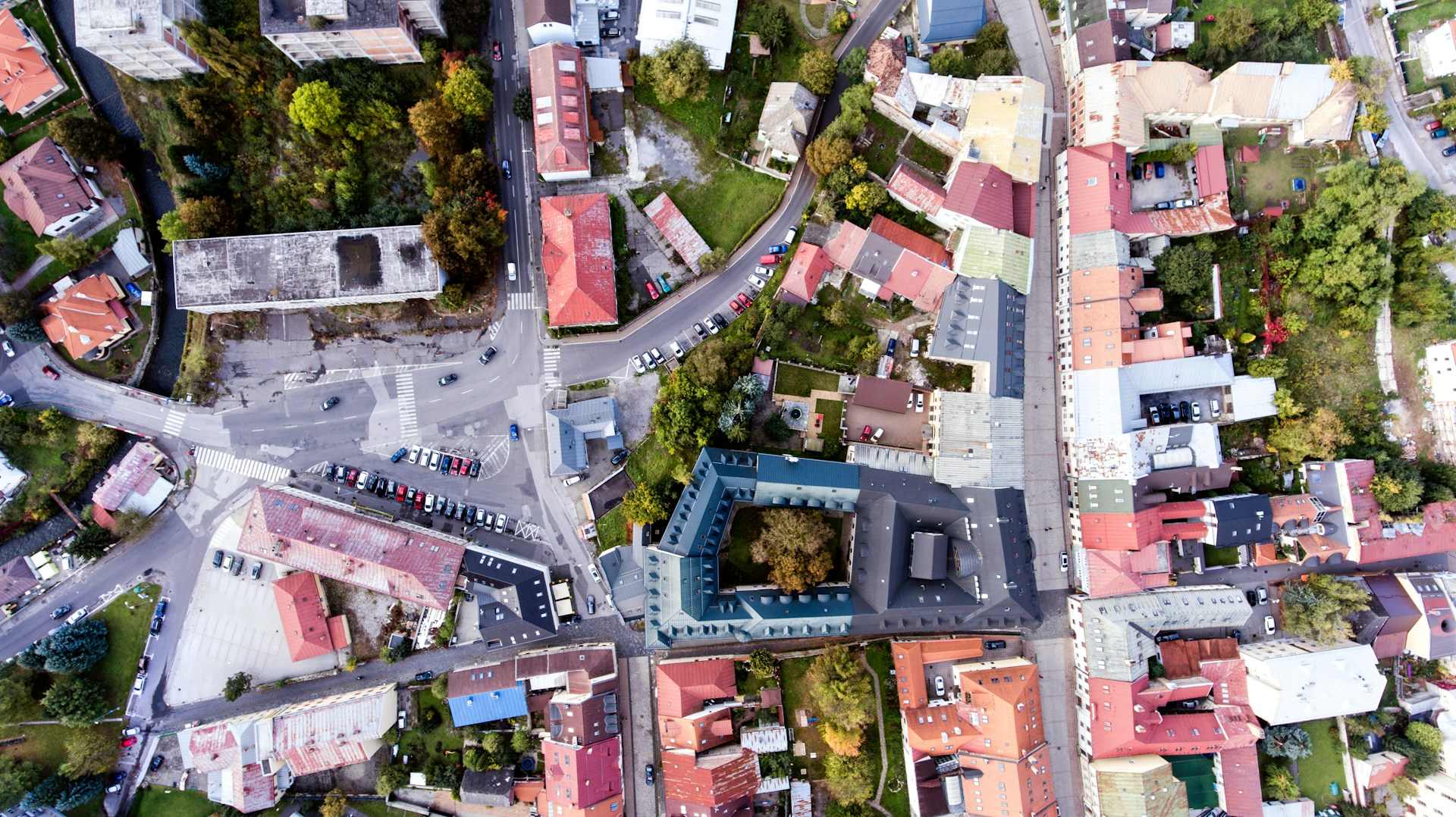Montana’s latest census insights, reported by Forbes, identify Big Sky as the state’s wealthiest city, topping the chart with a per‑capita income of $31,492, slightly edging out Cooke City–Silver Gate at $31,618. These mountain enclaves outshine larger urban centres thanks to affluent demographics tied to tourism, recreation, and second-home ownership.
Beyond the resorts, Bozeman leads among see‑and‑be‑seen cities, with a median household income of $74,113 and a vibrant university‑anchored economy. Though its per‑capita figure is lower than Big Sky’s, Bozeman offers economic depth – sustained by educational, tech, and service sectors, making it the richest major city in Montana.
Whitefish also ranks high on wealth lists, benefiting from its ski‑town allure and tourism infrastructure. Census figures highlight its strong per‑capita income of around $23,098, underscoring the economic value of its seasonal attractions and outdoor lifestyle.
Other notable mentions include Belgrade, Columbia Falls, Billings, Helena, and Missoula, each featuring median incomes between $60,000–$70,000. While not eclipsing Bozeman or Big Sky, these cities benefit from regional economic hubs, government activity, and expanding residential markets.
This refined snapshot of Montana’s richest locales underscores a clear pattern: smaller mountain resort towns and university-centred cities are the wealthiest by income metrics. For real estate developers, investors, and SME stakeholders, these insights offer guidance on where demand for premium properties, upscale amenities, and infrastructure investment is most pronounced.
As Montana’s population diversifies and housing markets evolve, high‑income enclaves, particularly in gateway communities, will remain focal points for strategic property development and targeted economic growth initiatives.


